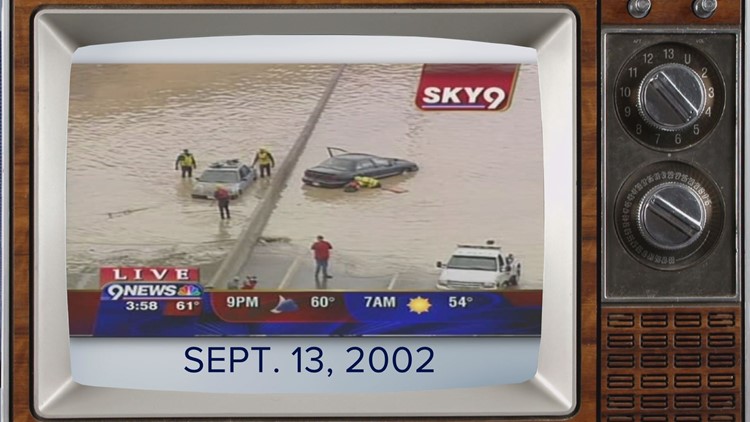DENVER — Who remembers Lake Logan?
Heavy rain in a short period of time would bring traffic to a standstill near Interstate 25 and Logan Street because the road would be underwater.
The 3-foot drainage pipes were unable to handle the rains on a constant basis, as I-25 under Logan Street flooded often.

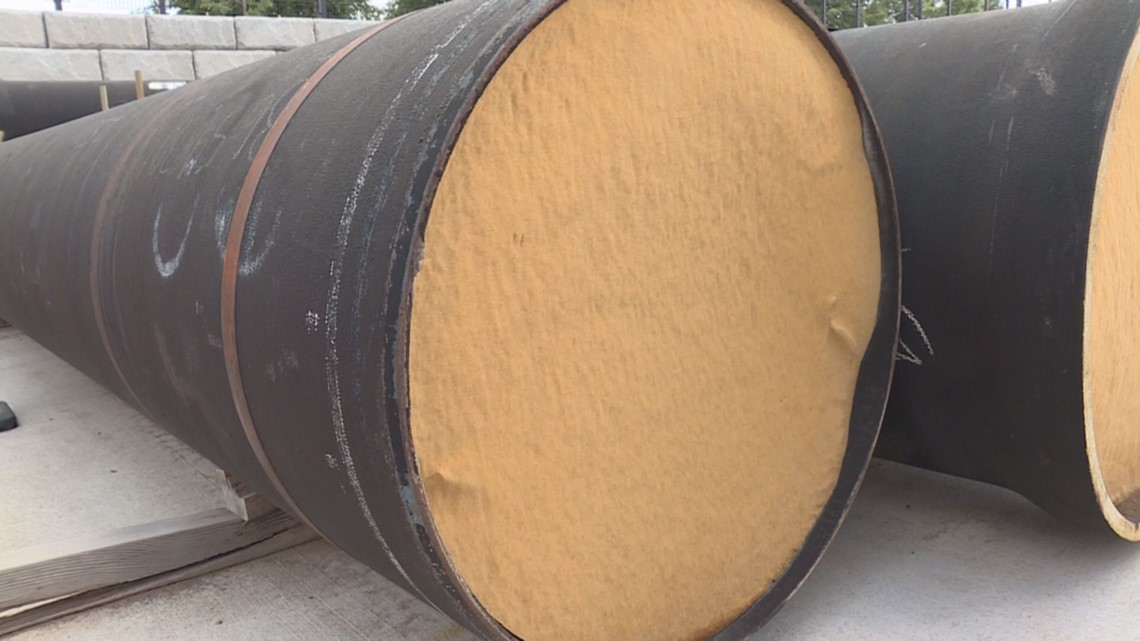
"Sometimes you have events that just overcome a highway," said CDOT spokeswoman Amy Ford. "You were talking about drain pipes that simply couldn't handle the capacity of any storm, which is why you saw historic flooding this part of the area, a lot."
When I-25 was widened as part of the expansion construction project known as TREX, the drainage pipes were replaced.

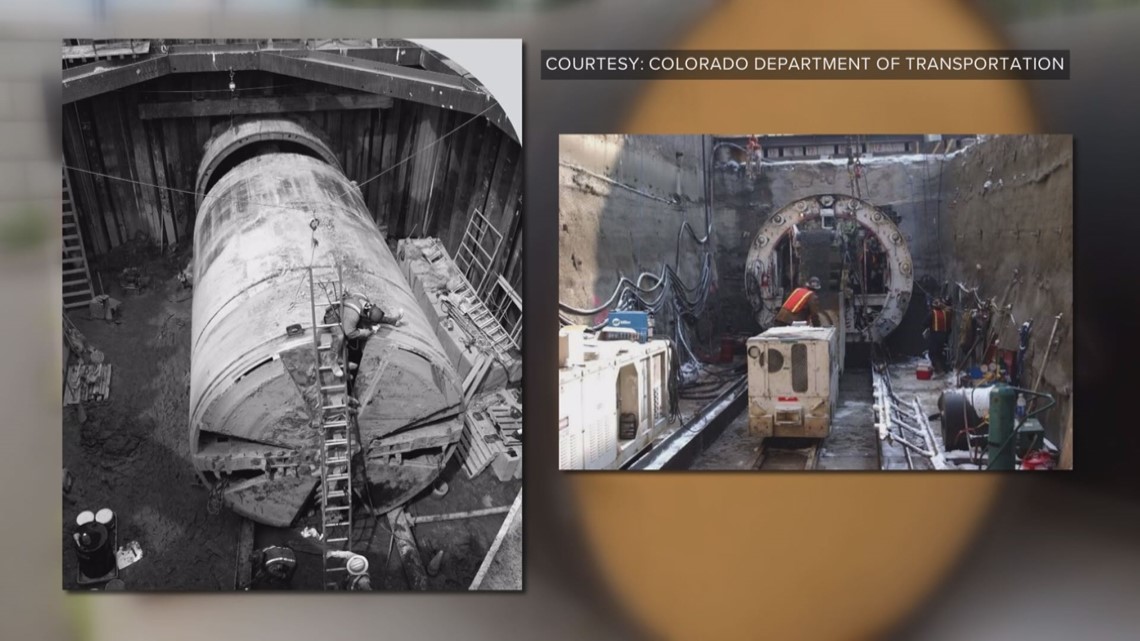
"We planned for a 100-year flood when we reconstructed this entire area as part of the TREX project. And believe it or not, what we needed to do to be able to handle that was a 13-foot pipe," said Ford.
A 100-year flood is not a reference to a flood every 100 years, but rather a one-in-100 chance of having a flood in any given year.
The pipes were replaced from I-25 and Logan Street, under Mississippi Avenue and out to the South Platte River along Santa Fe Drive.
Instead of small slit-like drain openings, Logan Street has grates all over the place. From the overpass, Next counted 11 grates from the Logan bridge looking south about 100 yards; 16 grates if you strained your eyes.

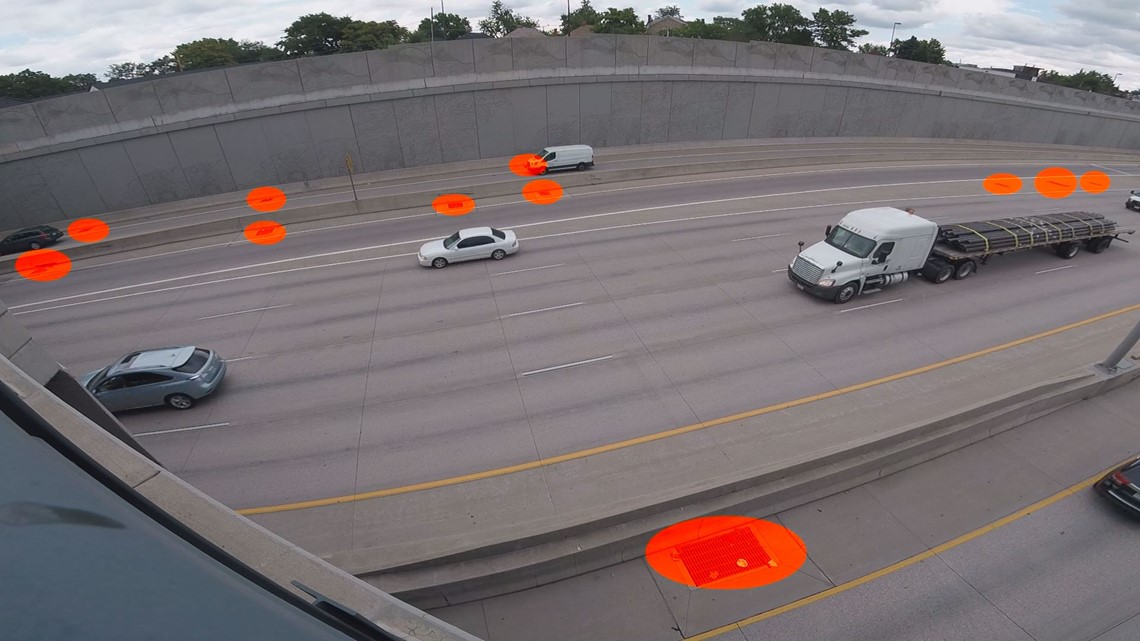
When Interstate 70 is reconstructed, it'll lose the viaduct between Brighton and Colorado Boulevards, and become a lowered version covered with a cap. CDOT will replace the pipes in that area, as well.
Water that ends up on the lowered part of I-70 will go through any number of grates, like at Logan Street, except they funnel through 6-foot pipes.

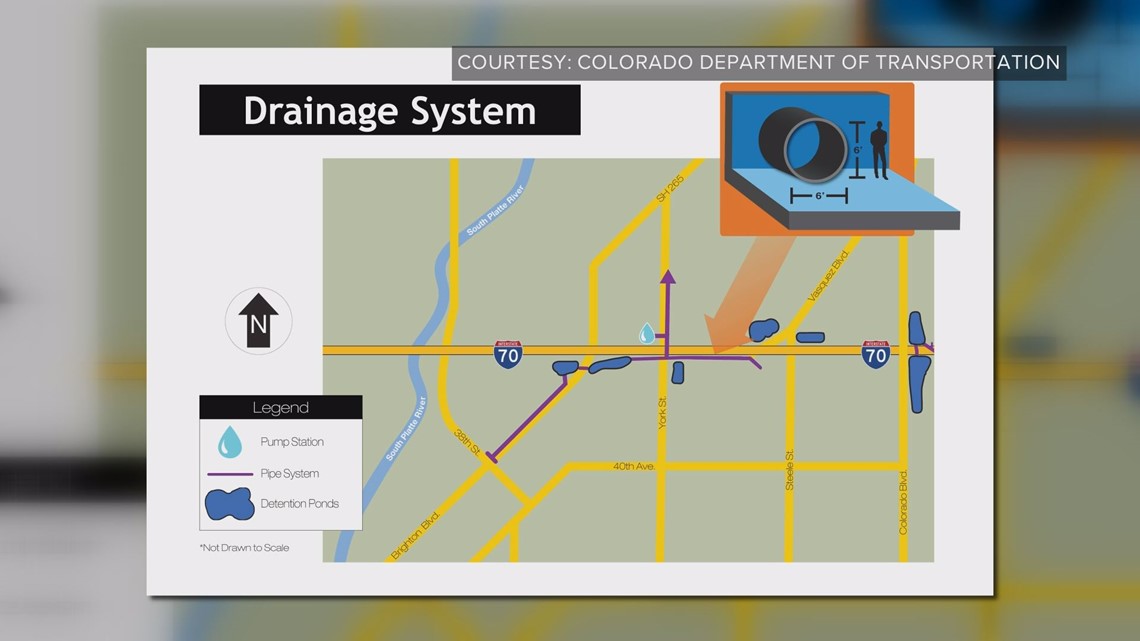
The water will go through a pump station around 46th Avenue and York Street, and then pump north to the South Platte River.


